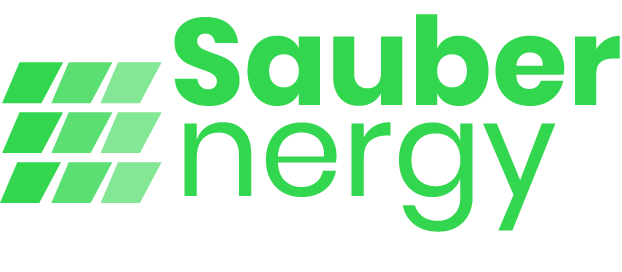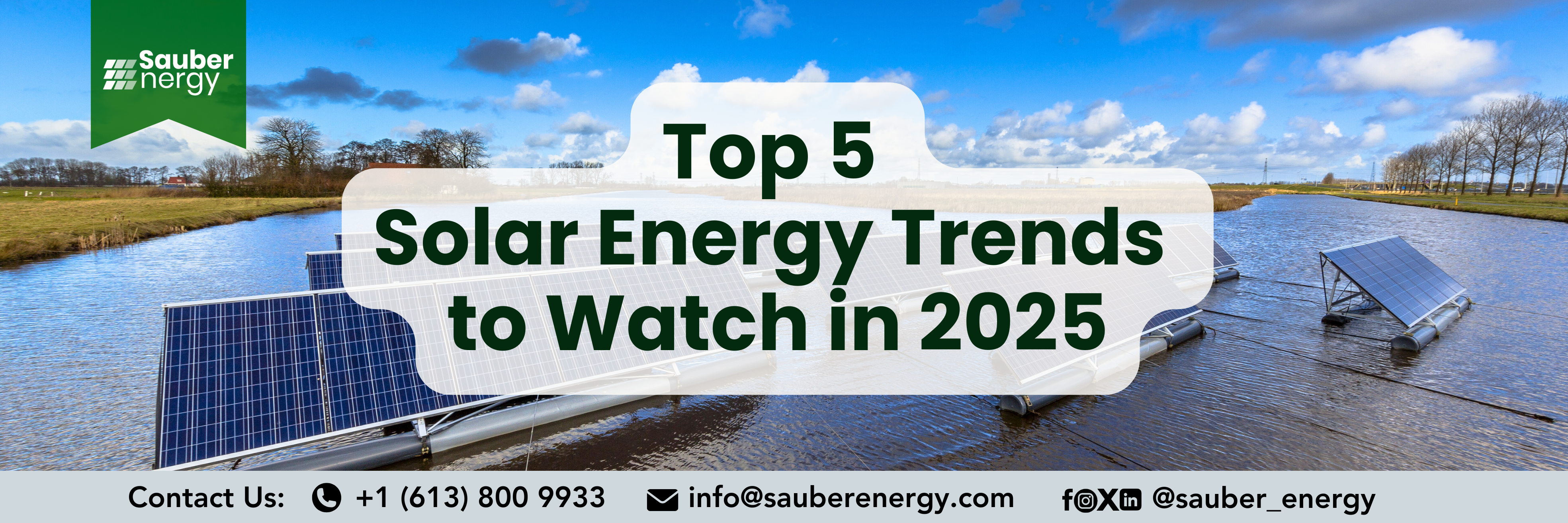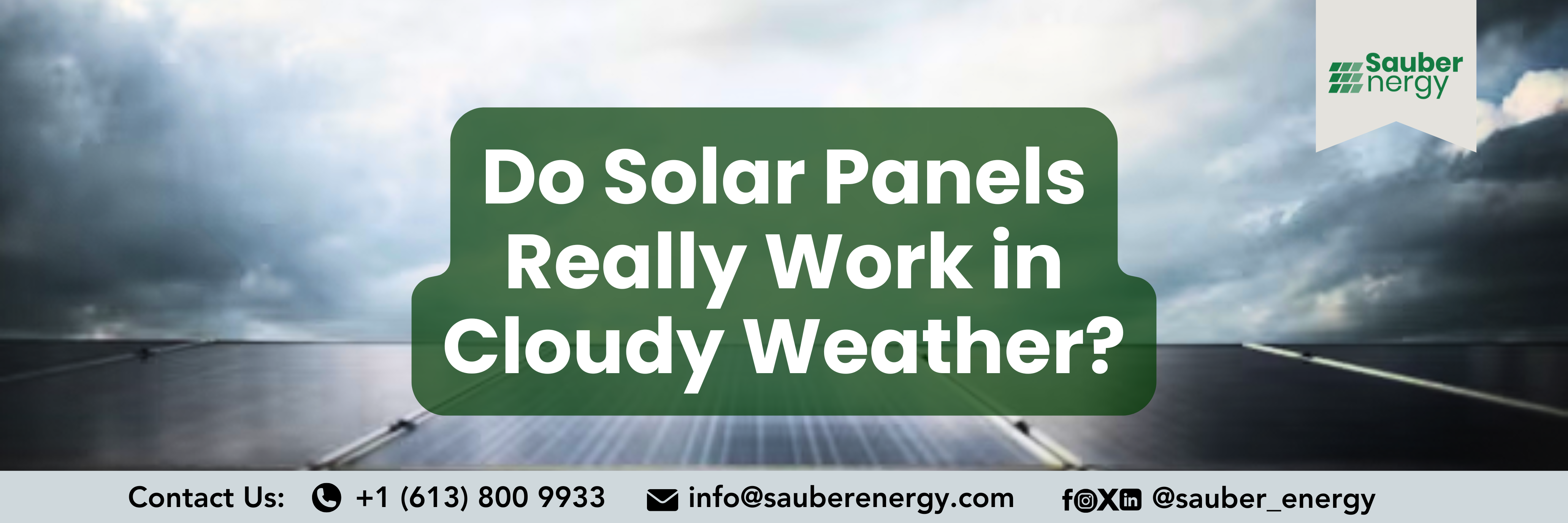Solar energy is becoming increasingly popular as more homeowners and businesses seek sustainable energy solutions. One of the most important decisions you’ll make when installing a solar system is choosing the right type of solar panel. This blog post will explore the different types of solar panels available and provide guidance on which one may be the best fit for your needs.
1. Monocrystalline Solar Panels
Monocrystalline panels are made from a single continuous crystal structure, which gives them their uniform appearance. They are known for their high efficiency and long lifespan, making them a popular choice for residential and commercial installations.
- Pros:
- High efficiency (15-20%)
- Space-efficient
- Long lifespan (25+ years)
- Performs well in low-light conditions
- Cons:
- Higher cost
- Can be less effective in high-temperature environments
Best For: If you have limited space and want the most efficient and durable option, monocrystalline panels are an excellent choice. They are ideal for residential rooftops and commercial installations where space and aesthetics are important.
2. Polycrystalline Solar Panels
Polycrystalline panels are made from multiple silicon crystals, giving them a bluish hue and a less uniform appearance. They are slightly less efficient than monocrystalline panels but are also more affordable.
- Pros:
- Lower cost
- Reasonably efficient (13-16%)
- Less waste in manufacturing
- Cons:
- Lower efficiency than monocrystalline panels
- Larger space requirement for the same energy output
- Less effective in high temperatures
Best For: Polycrystalline panels are a good choice if you’re looking for a cost-effective solution and have ample space available. They are often used in residential and large-scale commercial installations where budget is a key consideration.

3. Thin-Film Solar Panels
Thin-film panels are made by depositing photovoltaic material onto a substrate, such as glass or metal. They are the most lightweight and flexible of the solar panel types, making them suitable for unique applications.
- Pros:
- Lightweight and flexible
- Lower cost
- Performs well in high temperatures
- Can be used in a variety of applications (e.g., building-integrated photovoltaics)
- Cons:
- Lower efficiency (10-12%)
- Requires more space for the same energy output
- Shorter lifespan
Best For: Thin-film panels are ideal for situations where weight and flexibility are critical factors, such as in large commercial roofs, vehicles, or portable solar applications. They are also a good choice for projects with lower energy demands.
4. Bifacial Solar Panels
Bifacial solar panels can capture sunlight on both sides, increasing the total energy output. These panels are typically more efficient than standard monocrystalline or polycrystalline panels, especially when installed in locations where light can reflect off surfaces like white roofs or snow.
- Pros:
- High efficiency due to dual-side light capture
- Durable with a long lifespan
- Performs well in various installation scenarios
- Cons:
- Higher cost
- Requires careful installation to maximize reflected light
Best For: Bifacial panels are excellent for installations where maximizing energy production is key, such as in open fields, commercial rooftops, or areas with highly reflective surfaces.
Choosing the Right Solar Panel for Your Needs
When selecting a solar panel, consider the following factors:
- Space Availability: If you have limited space, prioritize high-efficiency panels like monocrystalline or bifacial.
- Budget: Polycrystalline panels offer a balance between cost and efficiency, while thin-film panels are more affordable for larger installations.
- Aesthetics: If the appearance of your solar panels matters, monocrystalline panels offer a sleek, uniform look.
- Installation Environment: Consider the temperature and available light in your location. Thin-film panels perform better in high temperatures, while monocrystalline panels excel in low-light conditions.
In conclusion, the type of solar panel you choose will significantly impact the efficiency, cost, and overall effectiveness of your solar energy system. By understanding the differences between monocrystalline, polycrystalline, thin-film, and bifacial solar panels, you can make an informed decision that best suits your energy needs, budget, and installation environment. Whether you’re a homeowner looking to reduce your electricity bills or a business aiming to achieve sustainability goals, selecting the right solar panel is a crucial step towards harnessing the power of the sun.
How Sauber Energy Can Help
At Sauber Energy, we specialize in providing solar energy solutions for businesses. Our team of experts will work with you to assess your energy needs, design a customized solar energy system, and handle the installation process from start to finish.
In addition, we will also help you with accessing tax incentives to help you offset the initial cost and keep you profitable. We are committed to helping businesses like yours make the switch to solar energy and create a more sustainable future for all.
Don’t just think about going solar, take action! Contact us today to learn more about how solar energy can benefit your business and help you achieve your sustainability goals. Let’s work together to make your business shine with solar! Call us now – +1 (613) 800 9933.




